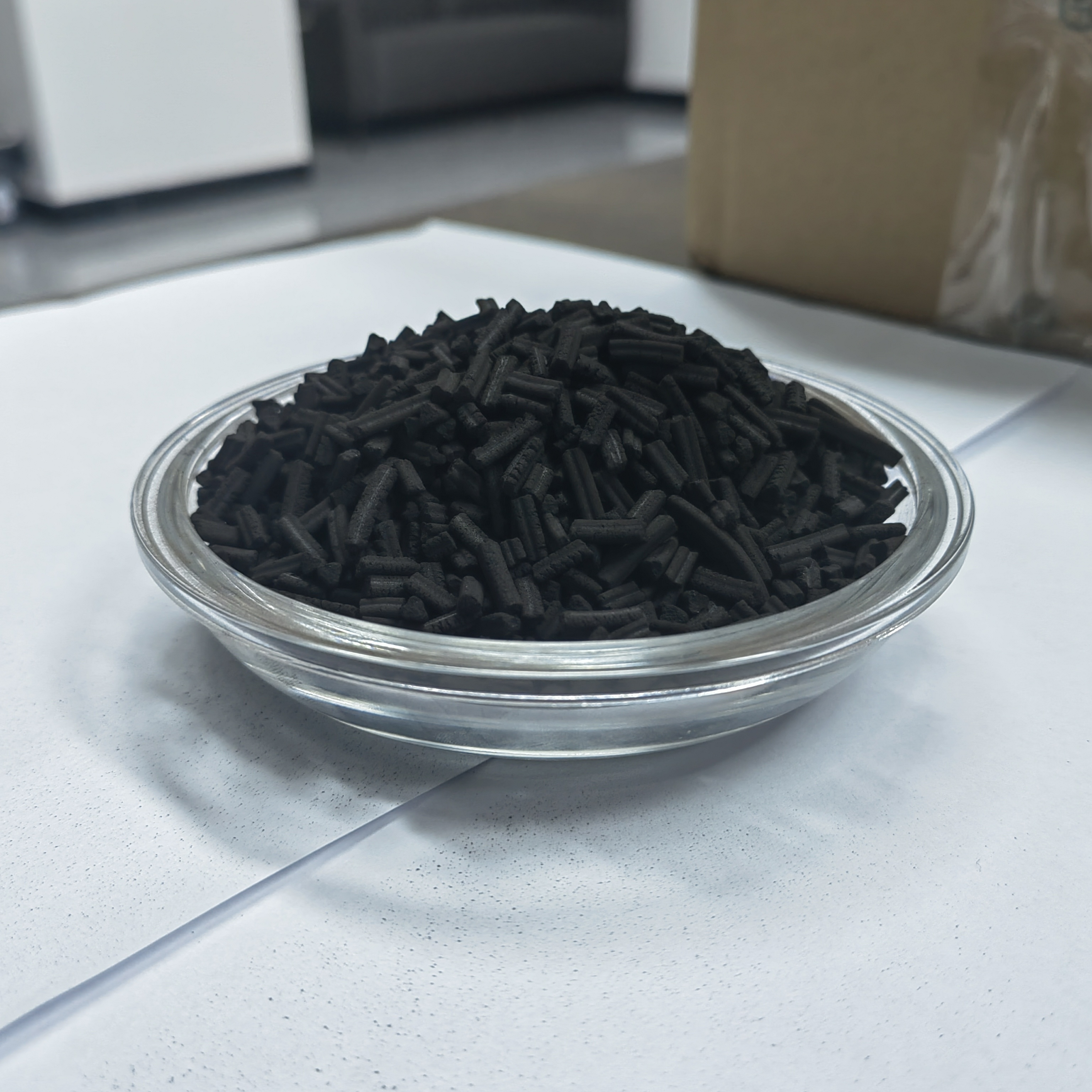How to effectively prevent ozone from causing damage to industrial materials
Preventing the damage of ozone to industrial materials should be addressed from two aspects: controlling the ozone concentration and material protection. Firstly, through engineering control measures, reduce the generation and accumulation of ozone. For instance, optimize the ventilation system, use natural or mechanical ventilation to quickly remove ozone and introduce fresh air, and isolate the equipment that generates ozone to reduce its diffusion. At the same time, ensure that the exhaust gas treatment facilities for industrial production involving VOCs emissions (such as chemical, painting, and printing) operate efficiently, with a focus on reducing the VOCs emission concentration during the day to avoid ozone acting as a component of photochemical smog and accelerating material oxidation. Secondly, in response to the strong oxidizing property of ozone, it is necessary to avoid exposing materials to high-concentration environments for a long time. For example, during the high-occurrence period of ozone pollution in the afternoon of summer, suspend outdoor spraying, asphalt laying, etc., and reduce the contact time of rubber, plastic components with ozone. Select ozone-resistant materials or perform surface modification on equipment components, such as using rubber products with added anti-ozonization agents, which can delay aging and deterioration. In addition, adopt catalytic decomposition methods. For instance, Hunan Xintan XT-CAT-02 ozone destruction catalyst catalytic system utilizes the nano-active sites of materials with high specific surface area to decompose ozone into oxygen at room temperature. The removal rate can reach 99%, and no additional energy input is required, and no secondary pollution is generated. Combined with auxiliary measures such as activated carbon adsorption, it can effectively reduce the corrosion and fading effects of ozone on metals, fabrics, and building materials.

Related News

TOP



